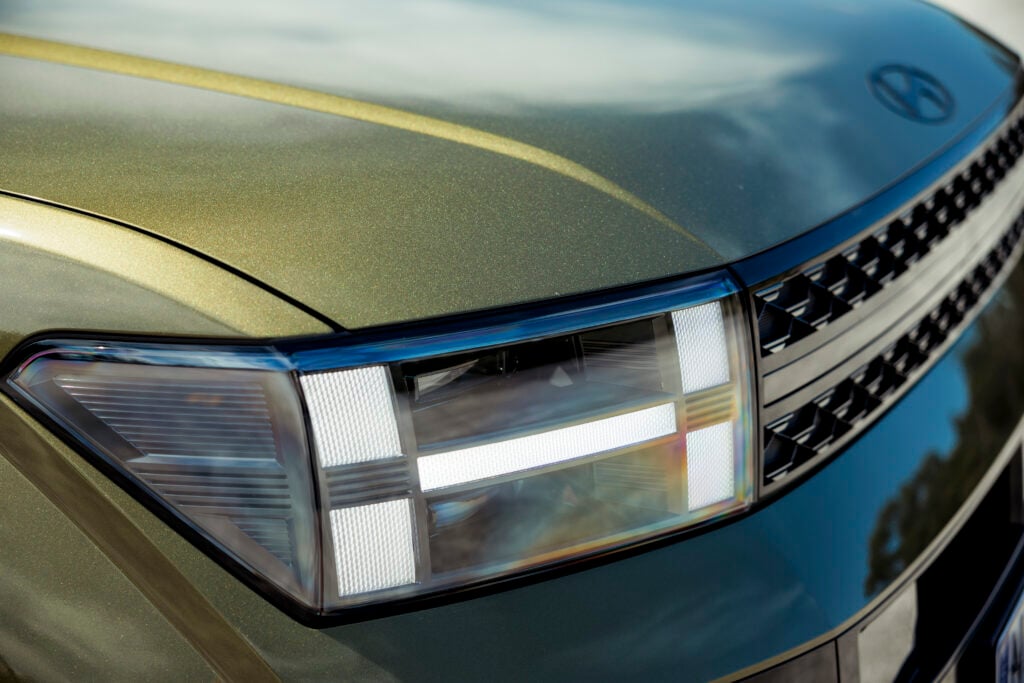It’s important to be polite, obviously, but about halfway through our incredible, exclusive and revelatory tour of the Mercedes-AMG Formula 1 facility in Brackley, England, I was dying to ask a simple question: “Doesn’t this strike you as the most colossally absurd waste of money?”
Don’t get me wrong, I loved F1 even before that fabulous series on Netflix, but when you see 1000 of the very brightest minds working here on the design of a car (plus another 600 a few miles away, working exclusively on the power unit), at a high-tech facility running four shifts, 24 hours a day, it’s hard not to think they could be spending all this money on something more worthy.
I’m not suggesting the clichéd cure for cancer, but if these people were working on passenger aircraft you’d have to think we’d be flying from Sydney to London in six hours by now.
Consider that, in 2018, some part of the Mercedes Formula 1 car was redesigned or updated, on average, every 20 minutes, 24 hours a day. The autoclaves are pumping out carbonfibre wing bits and base plates, all day, every day, and yet 90 percent of them, according to our guide (who must remain nameless, because everything here is so secretive), never make it onto the actual race car.
We’re allowed to peer through the door at a full-size car being violently vibrated on a jig with a dummy inside (apparently it’s so brutal that humans can’t sit in it without vomiting). This car is constantly testing parts over every single bump of every single circuit in the world, all of which is sped up to take just two hours.
Last year, Lewis Hamilton’s championship-winning car had gained two seconds a lap in pace from the start of the season to the end – as had his competitors’, clearly – and if it hadn’t done so, he would have been at the back of the pack, sulking.
Putting aside the essential absurdity of the backroom side of the sport, it’s hard not to be blown away by the skill of the drivers, as you hold an F1 steering wheel in your hand, with its 25 buttons and 500 functions, and hear that they are constantly adjusting both the diff and brake-balance settings during a lap.
Our guide also explained one of the reasons flat-spotting a tyre is so problematic: “the vibration you get from that affects the driver’s vision – basically the muscle that keeps your eye still in the socket can’t cope, and they lose time because they can’t see the apex of corners properly.”
We also got a good look at the almost non-existent padding on Hamilton’s car, a set-up he has chosen because, while it makes the impacts on his body more severe, it lets him feel the car better. He’s also sitting right on top of the battery, which puts out the kind of heat you get from your mobile phone when it’s been working hard, only factored up by a scale of 1000.
Three of Formula 1’s most spectacularly regrettable swaps
Apparently Hamilton complains about the way this toasts his buns – in Singapore it contributed to a cabin temperature that hit 55 degrees Celsius – but design wise, that’s where the battery has to be, so he has to just suck it up. And you’d suck up a bit for the rumoured $70 million he gets paid a year. That sounds like a lot of cash until you consider that Mercedes-AMG’s total Formula 1 budget is rumoured to be well north of $800 million.
Funnily enough, our guide didn’t want to confirm or deny that number.





